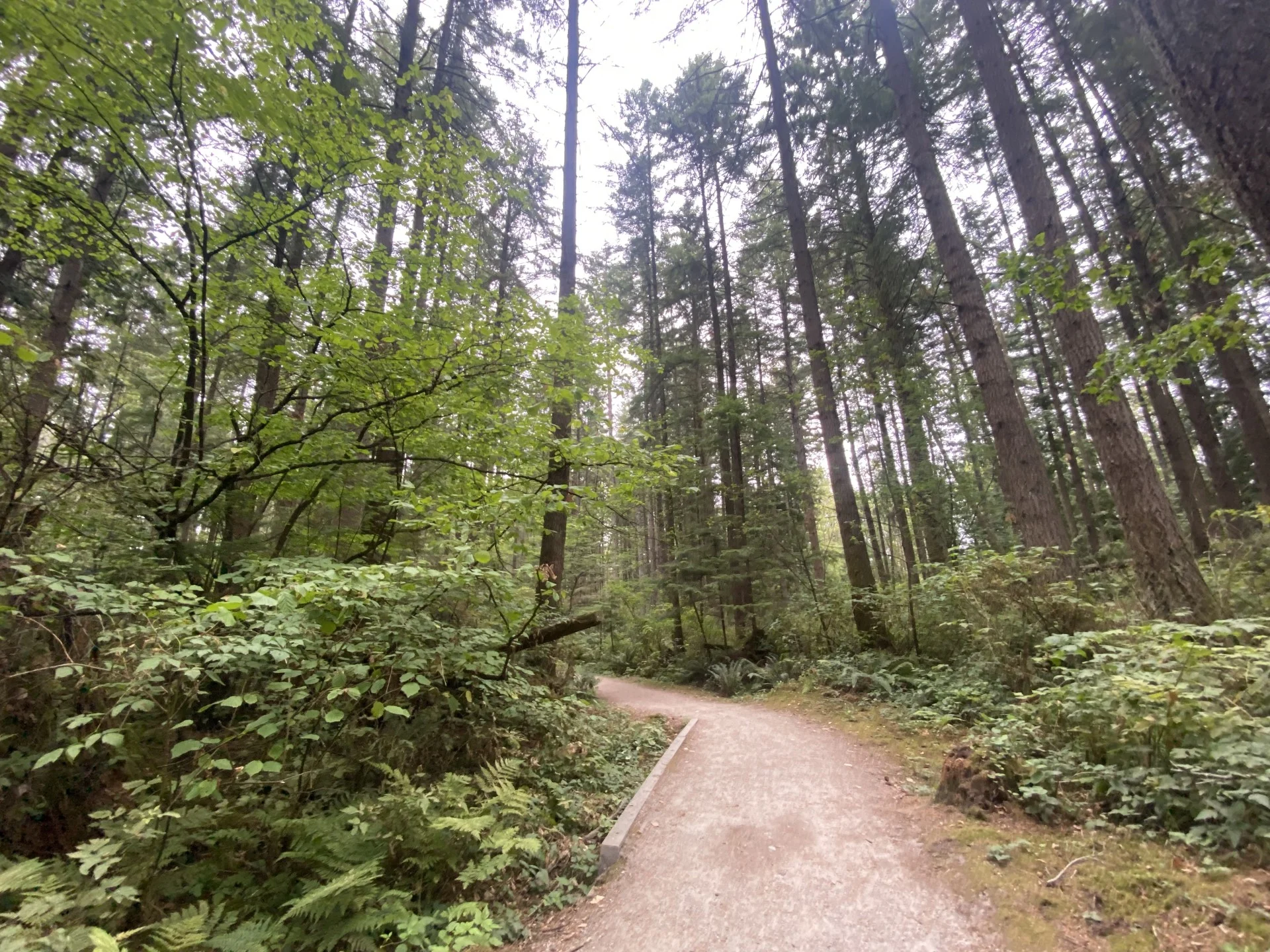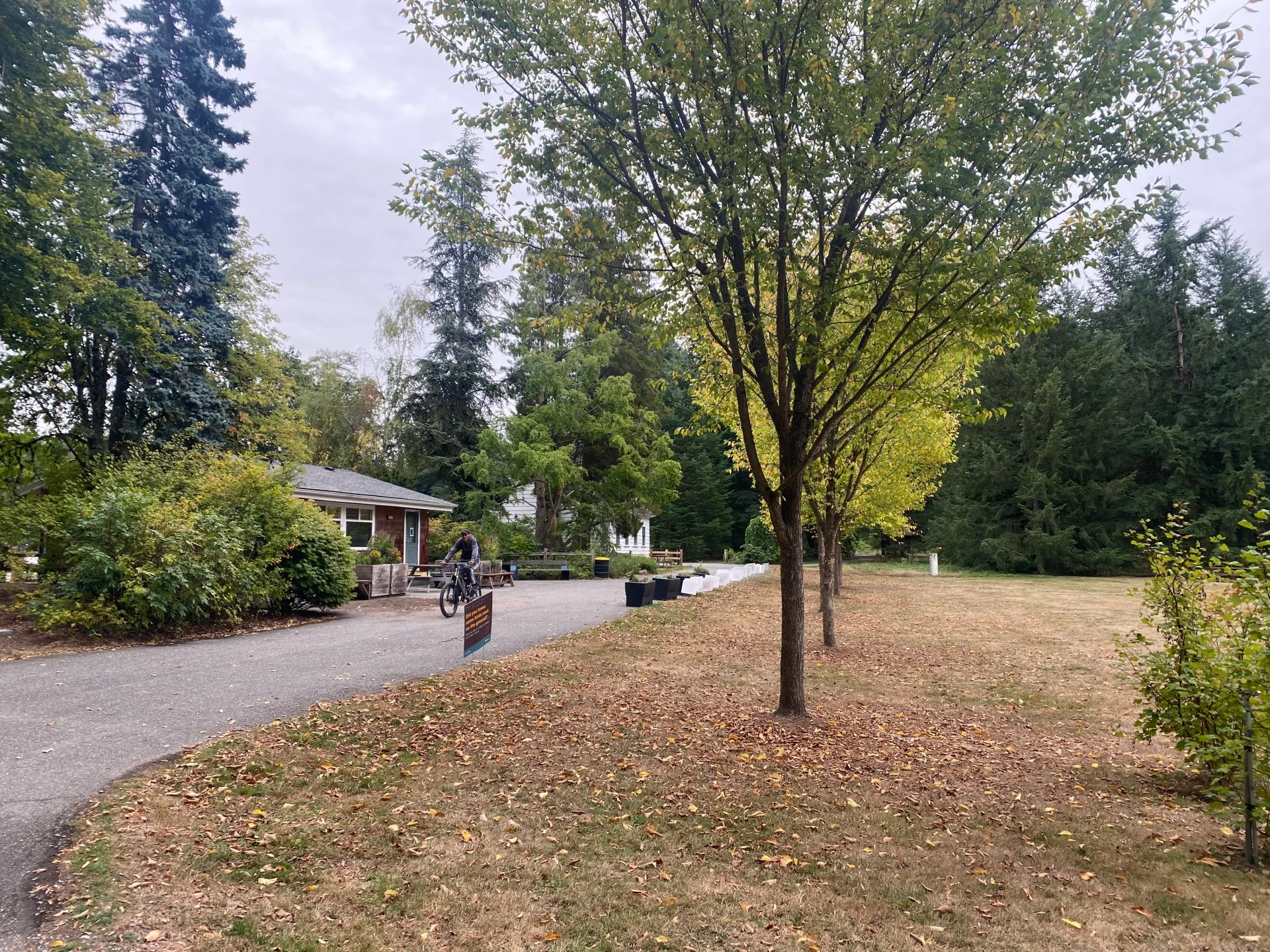
Increasing tree canopy is key for carbon capture, but there's a catch
Albedo changes and carbon storage are tracked to identify optimal locations for tree planting as a climate solution, but scattering them in the wrong landscapes can inadvertently bring more heat to the planet, new research has indicated
Expanding tree canopy is one way to capture carbon and moderate temperatures on Earth, but a 2024 study says there could be unintended consequences to planting in the wrong locations.
Restoring tree cover is an important strategy for carbon removal and addressing the climate crisis, but the benefit of the restoration involves more than just carbon sequestration, the study noted. Location of the tree cover can affect albedo, the fraction of solar radiation reflected back to the atmosphere.
SEE ALSO: Is hacking the atmosphere a 'cool' idea to offset global warming?
And, because the tree cover frequently soaks more solar radiation than other types of land protection, it can result in localized and global warming, the authors determined.
Susan Cook-Patton, one of the study's co-authors and a senior forest restoration scientist at The Nature Conservancy, compared the albedo to a hot day in the summer and wearing a white T-shirt versus a black-coloured top.

(Getty Images)
"You can feel how much of that sunlight is absorbed in that black shirt, right? You are much hotter, and trees are the same way. So, if you have a grassland and you plant trees in that grassland, the grassland tends to be more reflective," said Cook-Patton, in a 2024 interview with The Weather Network.
"A lot of that heat energy from the sunlight is released back into space, versus sort of [being] absorbed and [staying] within the system."
Climate change a key 'motivator' for study
What motivated the work on this study for Cook-Patton is that she is a "firm believer" in the power of restoring tree cover for climate change, she said.
"It is one of our most cost effective and scalable climate solutions that we have, but you can't do it everywhere. So, a lot of my work is about trying to hone the places where it makes the most sense to restore tree cover as a kind of solution," said Cook-Patton.

(Mia Gordon/The Weather Network)
Researchers then reviewed the data on albedo change and carbon to identify the locations where any modifications of albedo would "outweigh" the cooling benefit you acquire from additional storage of carbon, she said.
"Then, [we can] show the places where we expect planting trees or growing a lot of new trees really wouldn't help with the climate crisis," said Cook-Patton.
DON'T MISS: Earth Day theme makes plea to triple renewable energy while saluting triumphs
Albedo concern extends beyond boreal regions
Prior to the study Cook-Patton was involved with, it was believed that the boreal regions in the North is where researchers were most concerned about albedo change, but their work shows that it is "actually much more spatially nuanced than that," she said.
A map is needed to say "these are the good places [and] these are the not-so good places" when it comes to using tree cover for climate benefits.

(Lindsay/Submitted to The Weather Network)
"There are lots of good reasons for restoring tree cover beyond climate, but the places that showed up in our work were primarily those boreal places, but also more like dry land," said Cook-Patton.
The study found that drylands have a greater proportion of net-climate-negative areas than boreal regions. In particular, 72 per cent of the temperate grasslands, savanna and shrubland biome would be climate-negative, while 83 per cent of the biome would experience a substantial albedo offset.
Locales that are "more savanna-type ecosystems rather than full forests," are spots that "you probably don't want to pack in a lot of additional trees," said Cook-Patton.

(Dougall_Photography/ E+/ Getty Images)
"Despite the lower proportion of net-climate-negative areas in the boreal relative to these dryland settings, changes in albedo remain a concern across most of the boreal," the authors said in the study.
Researchers were surprised there were climate-positive locations within the boreal forest, but admitted the bio-region isn't consistently bad.
"It's much more spatially nuanced than that. Really, it depends on the type of trees that grow there, how much snow you get, what the previous land use was," said Cook-Patton. "It's helpful to have a map because it does matter where you are, as far as what the net-climate impact would be."
WATCH: How trees get a 'second life' after a storm
Why some tree locations see more negative impacts than others
In terms of why some landscapes are worse than others for planting trees depends on the amount of carbon that can be stored in them, she said.
In locales such as the tropics, you can find "incredibly carbon-rich forests that are just storing so much carbon [that] it doesn't matter how much the albedo change is."

(Getty Images/quickshooting/2063544198-170667a)
"That carbon signal is going to totally overwhelm it," said Cook-Patton. "In other places, you have a small amount of carbon you can store, in these more open, grassland forest [spaces], and you can also get quite the large albedo changes in those."
And, in those spots, the albedo change or warming that comes with them will "dwarf" the carbon alteration, Cook-Patton added.
Majority of restoration projects already in climate-positive locales
Using a community-built platform called Restor, Cook-Patton said researchers were "pleasantly surprised" to find out that most of restoration projections--more than 80 per cent--were already in climate-positive locales.
"So, they're either good planning or good luck," she said. "A lot of the global restoration efforts are focused on places that are good for the climate. There are some, the minority, that are in the more net-climate-negative or albedo diminishes a lot of the benefit of the tree planting."

(Unsplash)
Tree planting, which allows for forest regeneration, represents "really promising," natural climate solutions, and is one of the most cost effective and scalable ways to pull carbon out of that atmosphere, Cook-Patton said.
"It's important to remember that there is no single, best climate solution. We can't just plant a bunch of trees and solve climate change. If there was a single solution, it would be to reduce our reliance on fossil fuels," said Cook-Patton.
"But, it's also important to protect the forest and natural ecosystems, and [the] immense carbon stores that are already in the ground and in the land."

